Your cart is currently empty!
Fleur Zantedeschia: A Comprehensive Guide to the Vibrant Calla Lily
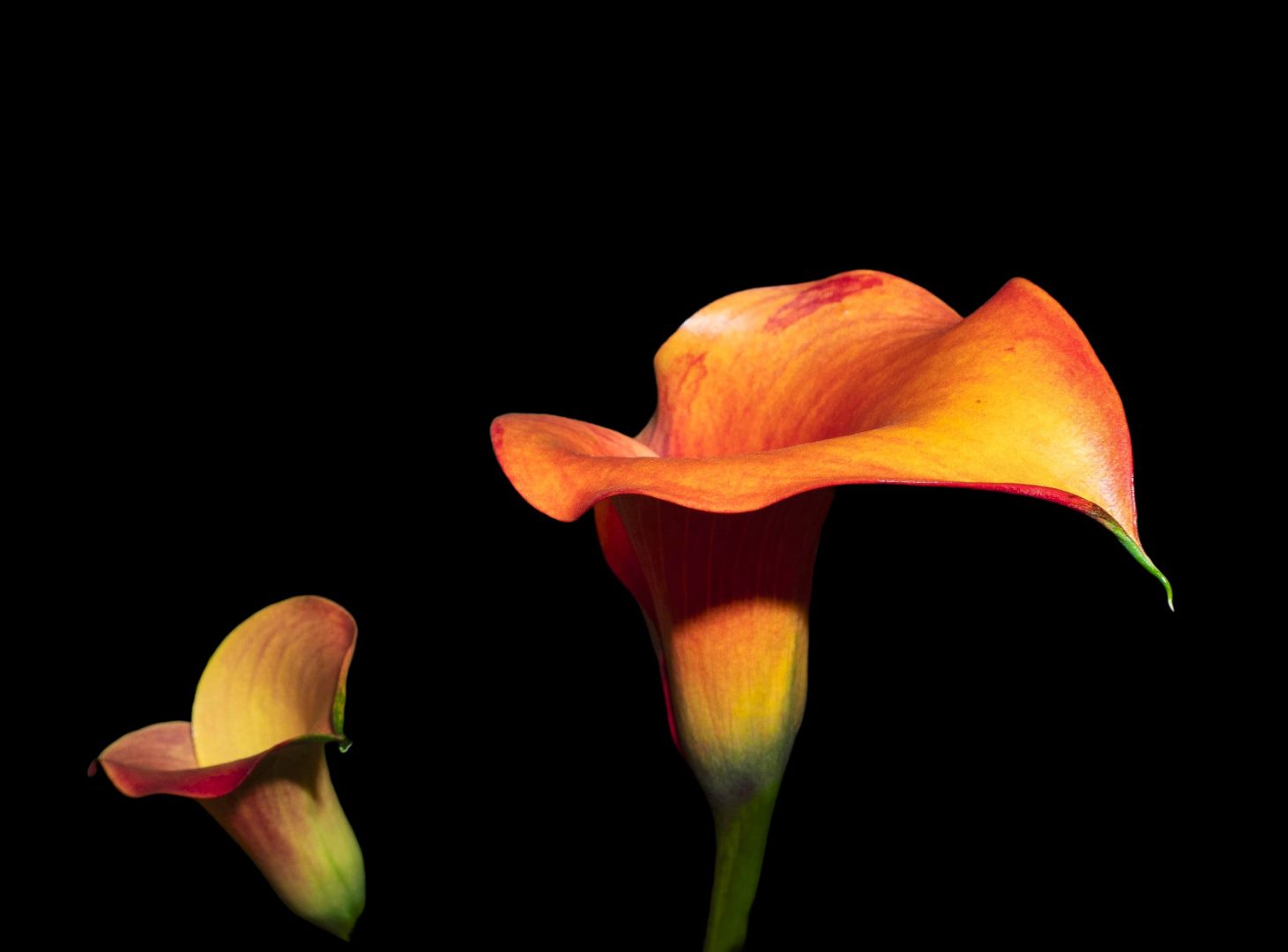
The fleur zantedeschia, commonly known as the calla lily, is a captivating flowering plant that graces gardens and homes with its elegant blooms and verdant foliage. With its versatile beauty and ease of care, the calla lily has become a cherished favorite among horticultural enthusiasts. In this comprehensive guide, we delve into the fascinating world of the fleur zantedeschia, exploring its history, varieties, cultivation, and diverse uses.
Origin and History
The fleur zantedeschia is native to southern Africa, where it thrives in the warm, moist conditions of wetlands and riverbanks. The plant was first classified by the Italian botanist Giovanni Zantedeschi in 1826 and named in his honor. The calla lily has since been widely cultivated and naturalized in various regions around the globe.
Varieties and Characteristics
The fleur zantedeschia encompasses a vast array of varieties, each offering unique hues and forms. Here are some of the most popular types:
- White calla lily (Zantedeschia aethiopica): This classic variety boasts pristine white flowers and is often used in bridal bouquets and floral arrangements.
- Yellow calla lily (Zantedeschia elliottiana): As the name suggests, this variety produces vibrant yellow flowers, adding a cheerful touch to gardens.
- Pink calla lily (Zantedeschia rehmannii): With its delicate pink blooms, this variety exudes elegance and femininity.
- Black calla lily (Zantedeschia black star): This striking variety features deep, velvety flowers that create a dramatic focal point.
- Mini calla lily (Zantedeschia mini): As its name implies, this compact variety is perfect for containers and small spaces.
Cultivation and Care
Growing fleur zantedeschia is relatively straightforward if certain basic requirements are met:
- Soil: Callas prefer well-drained, moist soil that is rich in organic matter. Adding compost or peat moss can improve soil structure and fertility.
- Light: The plant thrives in partial to full sun. Avoid exposing the plant to excessive heat, as this can scorch the leaves.
- Watering: Water the plant regularly, especially during the growing season. Allow the top inch of soil to dry out before watering again.
- Fertilizer: Fertilize the plant every 2-3 weeks with a balanced fertilizer to promote healthy growth and flowering.
- Temperature: Callas are hardy in USDA climate zones 8-11. Protect the plant from frost by bringing it indoors or mulching around the base during colder months.
Toxicity and Caution
It is important to note that fleur zantedeschia contains calcium oxalate crystals, which can cause irritation to the skin and digestive system if ingested. Wear gloves when handling the plant and keep it out of reach of children and pets.
Uses and Symbolism
The fleur zantedeschia has a rich history of use in various cultures:
- Ornamental: Callas are highly sought after for their attractive flowers and are often used in cut flower arrangements and landscaping.
- Medicinal: In traditional medicine, certain species of fleur zantedeschia have been used to treat various ailments, including skin conditions and wounds.
- Culinary: The young leaves of some varieties can be cooked and eaten as a vegetable.
- Symbolism: In many cultures, the calla lily symbolizes purity, beauty, and new beginnings.
Troubleshooting Common Issues
While fleur zantedeschia is generally a low-maintenance plant, it can occasionally encounter some issues:
- Yellowing leaves: This can indicate overwatering or poor drainage.
- Leaf spots: Fungal diseases can cause leaf spots. Treat with a fungicide if necessary.
- Lack of flowering: This can be due to insufficient light, lack of nutrients, or incorrect watering.
- Dormancy: Callas naturally go dormant during the winter months in cooler climates.
Conclusion
The fleur zantedeschia, with its graceful blooms and diverse uses, is a treasured addition to any garden or home. By understanding its cultivation needs and unique characteristics, you can enjoy the beauty and elegance of this remarkable plant for years to come. Whether you choose to grow it as a stunning focal point or incorporate it into bouquets, the calla lily will undoubtedly bring joy and enhance your surroundings with its timeless charm.


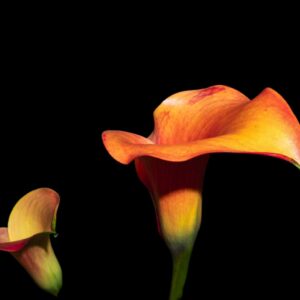
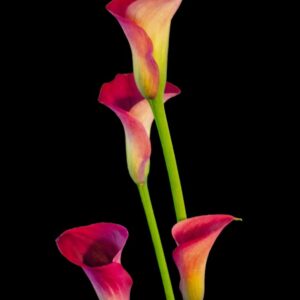

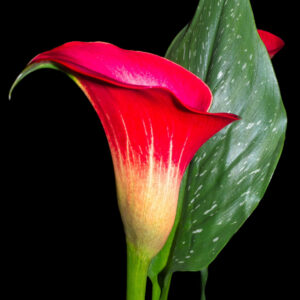
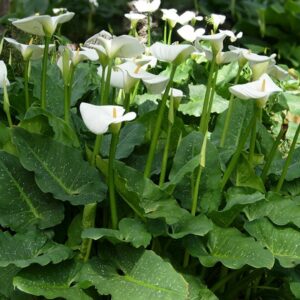
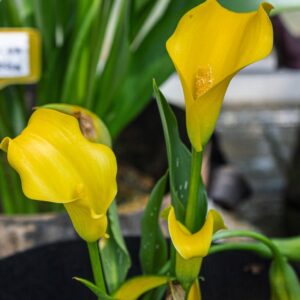
Leave a Reply